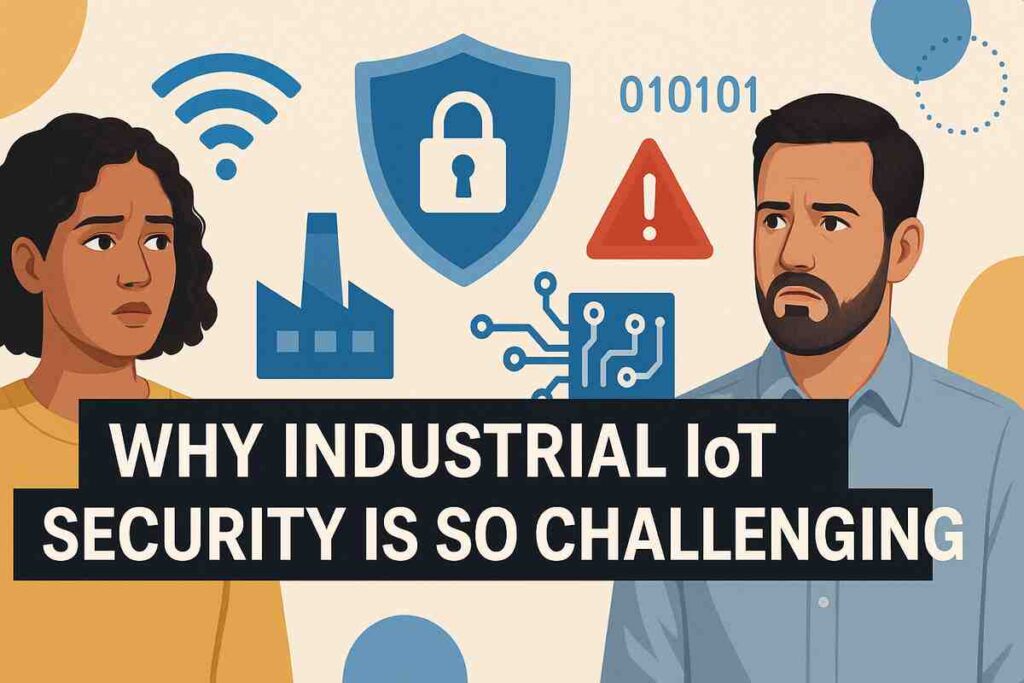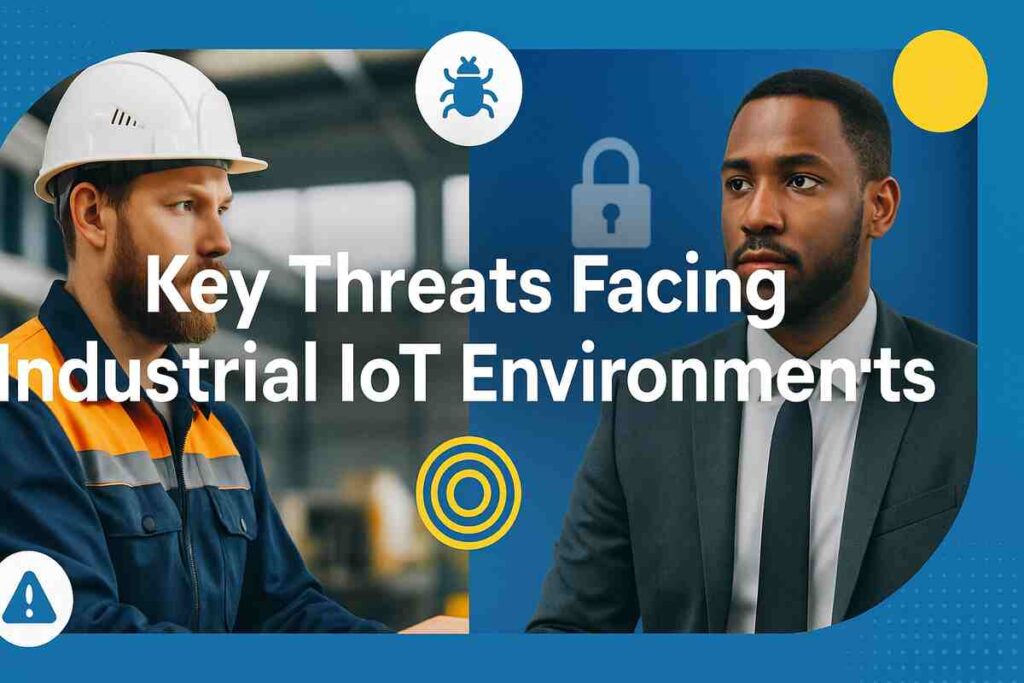Physical Address
304 North Cardinal St.
Dorchester Center, MA 02124
Physical Address
304 North Cardinal St.
Dorchester Center, MA 02124

Industrial IoT Security is no longer a secondary concern—it is now a primary requirement in the era of smart manufacturing. As industrial automation expands and IoT devices become deeply embedded in critical infrastructure, the complexity and urgency of securing these environments have reached unprecedented levels. From connected sensors to cloud-enabled control systems, every digital touchpoint becomes a potential attack surface. This article explores why Industrial IoT Security is such a critical and complex challenge, and what strategies must be adopted to mitigate escalating risks.

Industrial IoT (IIoT) refers to the integration of physical industrial systems with internet-connected sensors, software, and infrastructure to improve efficiency, productivity, and control. Key components include:
With thousands of connected devices in factories, warehouses, and power plants, businesses gain critical insights. However, this increased connectivity brings significant security risks—especially when legacy systems and new digital technologies are integrated without cohesive safeguards.

Unlike traditional IT environments, industrial networks often include legacy machines that were never designed for internet connectivity. This opens the door to:
According to IBM Security’s Data Breach Report, manufacturing became the most targeted sector in 2022, with operational technology (OT) attacks rising sharply.
Industrial IoT cyberattacks aren’t just about data—they can disrupt physical processes. For instance:
This convergence of cyber and physical worlds creates a unique and high-stakes security landscape.

Unlike IT, where endpoints can be isolated, in OT environments, downtime is not acceptable. This makes ransomware especially damaging in manufacturing.
Third-party software and hardware suppliers often introduce risks, particularly when firmware is not rigorously vetted or updated.
The Cybersecurity & Infrastructure Security Agency (CISA) emphasizes that mitigating third-party risk is now a national security priority.
Human error remains a leading cause of breaches:
In an IIoT environment, even a small misstep can cascade into a full-scale security breach.
Dividing OT and IT environments is crucial. Use VLANs or firewalls to:
Adopt the “never trust, always verify” model. Key elements include:
ZTA is recommended by NIST for environments where users and devices are distributed and often outside traditional firewalls.
Security begins at the manufacturing stage. Enforce:
This helps close gaps that attackers exploit in long device lifespans.
AI is transforming anomaly detection. Benefits include:
The World Economic Forum recognizes AI as essential for managing vast volumes of IIoT data with minimal manual oversight.
Blockchain helps secure decentralized networks by:
This is especially useful for verifying remote firmware updates and ensuring device integrity in distributed systems.
Real-time alerts and automated responses minimize damage. Effective systems include:
Being proactive rather than reactive is critical in preventing zero-day attacks and emerging threats.
Governments around the world are enforcing stricter cybersecurity rules for critical infrastructure:
These regulations encourage best practices and build trust among stakeholders and customers.
The infamous malware targeted Iran’s nuclear centrifuges by exploiting zero-day vulnerabilities in Siemens PLCs—demonstrating how deeply software could manipulate physical infrastructure.
Although originating from IT, the attack disrupted fuel supplies across the U.S., showing the blurred boundaries between IT and OT security.
A hacker attempted to poison Florida’s water supply by increasing sodium hydroxide levels via compromised remote access software.
These cases reflect the national and industrial importance of prioritizing Industrial IoT Security.
Technology alone isn’t enough—security must be cultural. Best practices include:
Organizations that embed security throughout the design and operational lifecycle are best equipped to adapt and defend.
Industrial IoT Security stands as one of the most critical and complex challenges in the world of smart manufacturing and automation. As industrial systems become smarter and more connected, the risks become broader and more intricate. From legacy vulnerabilities to ransomware, insider threats, and geopolitical cyberwarfare, the threat landscape demands a holistic and proactive defense strategy.
By leveraging proven security architectures, adopting AI and blockchain technologies, and aligning with regulatory standards, manufacturers can secure their operations while unlocking innovation. Addressing Industrial IoT Security at its foundation is not only essential—it’s the backbone of future-proof industrial growth.